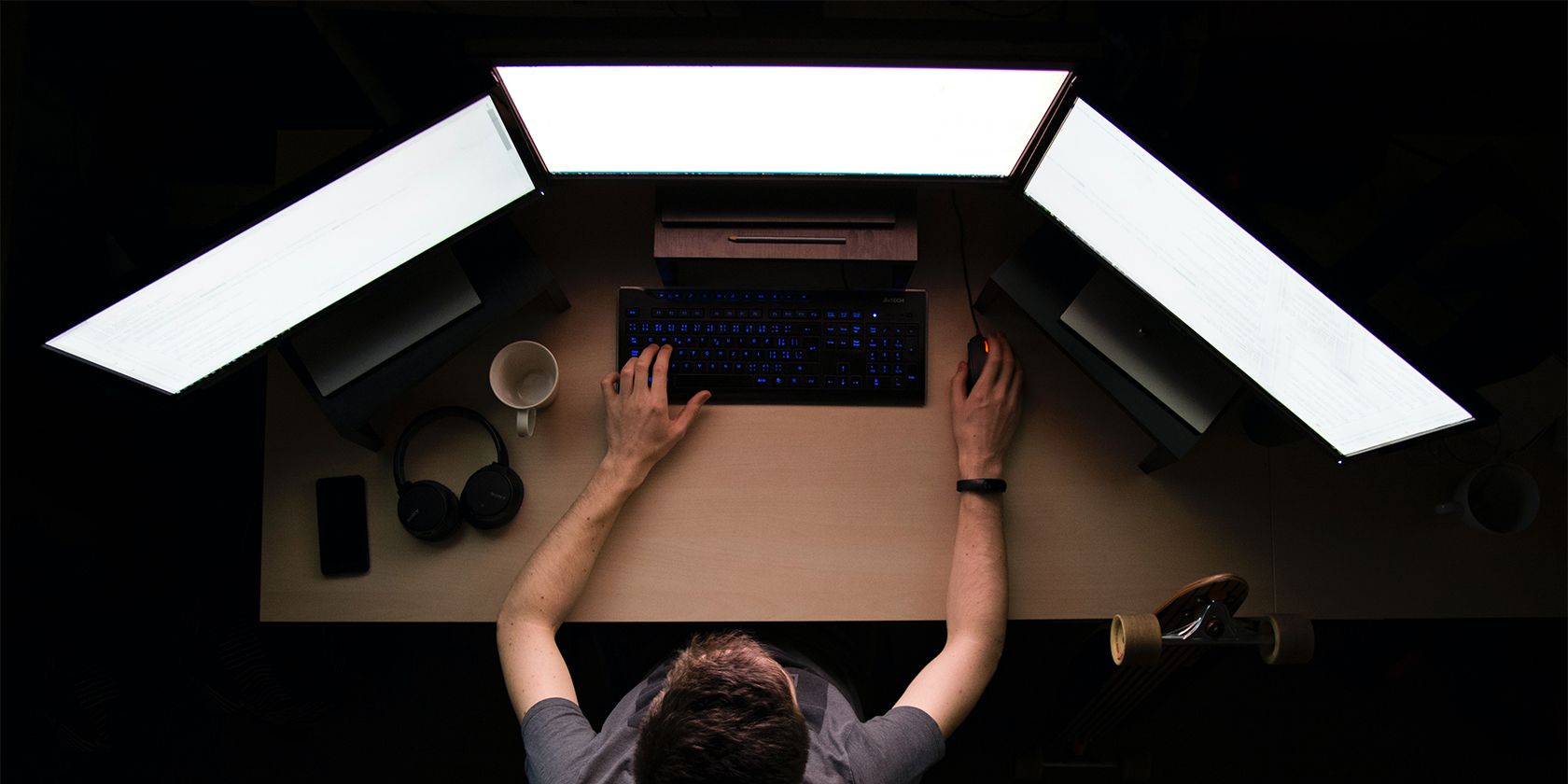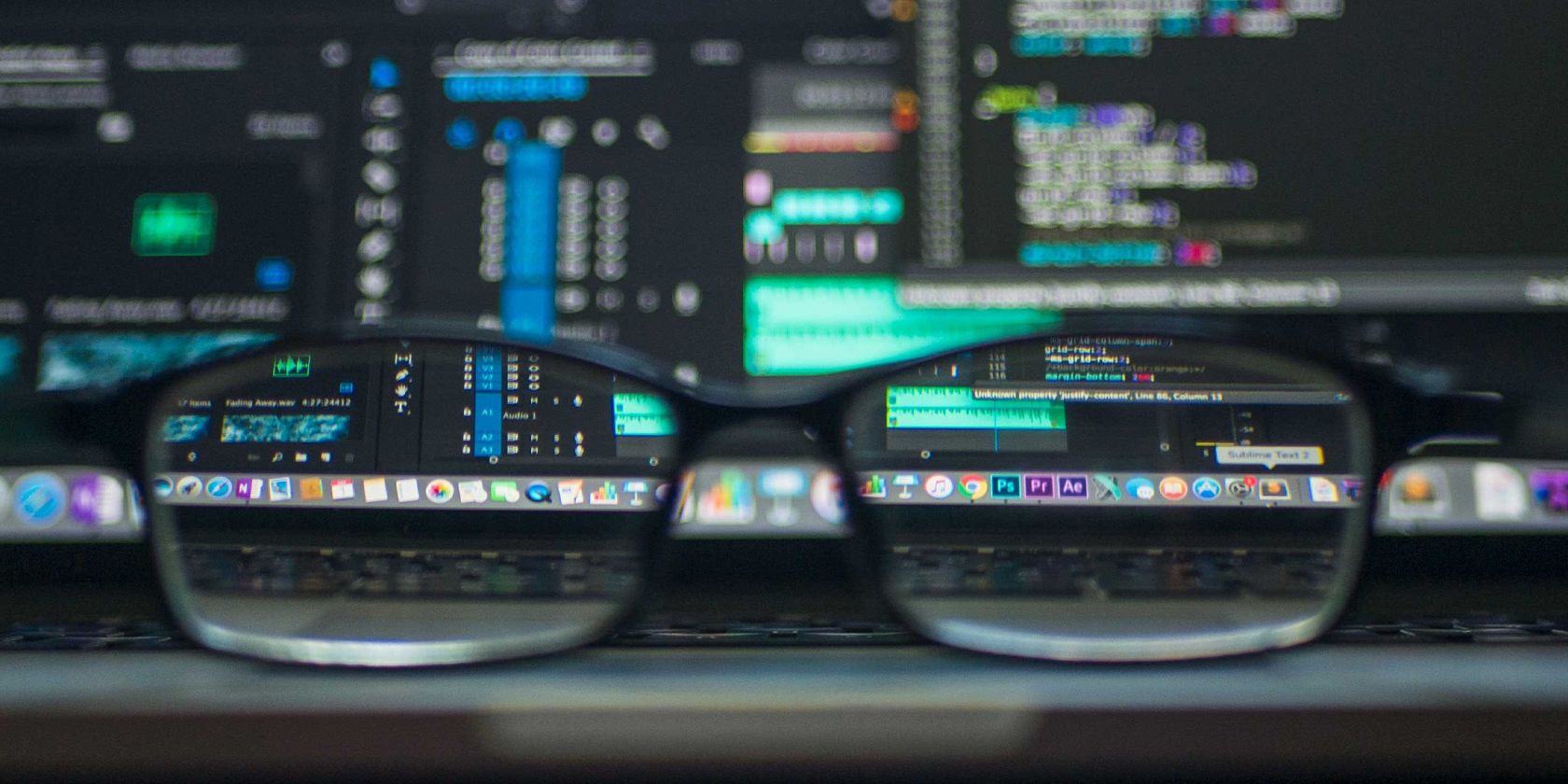If you're a Windows power user, you'll notice some apps labeled as a Microsoft Garage project. Many of these are designed for Windows and add functionalities the stock OS doesn't have.
You'll also find Microsoft Garage projects for Android and iOS, too.
So what exactly is Microsoft Garage? And how can it make such innovative software?
A Home for Passion Projects
Microsoft Garage is an extracurricular program designed for all Microsoft employees. Here, participants can work on their passion projects. Through this, they could collaborate with their colleagues from across departments and even from across the world.
Inside Microsoft Garage, teams get access to company resources to move their projects. They can also consult participating experts to help them move forward. These experts guide them through different phases of development, including design, engineering, marketing, and analytics.
But despite company assistance, the participants retain ownership of their projects. The team who built a project will control it from its inception until they retire it. They are responsible for its design, code, build, release, and support throughout its lifecycle.
Participating teams can be as small as two people and as large as more than twenty members. They also get to participate in an actual hackathon, where the winners get to meet senior company leadership to receive direction about their projects.
A Safe Space for Starting Up
The program started in 2009 at Microsoft's Office Labs in Redmond, with then Office Labs General Manager Chris Pratley, Quinn Hawkins, Jennifer Michelstein, and Joe Coplen. Hawkins came up with the name "Garage" as a homage to the start-up culture in the tech industry.
After all, several tech companies, including Microsoft itself, started in their home's garage. The program aims to recreate this culture of passion and innovation but in the safe space of the company. As such, any Microsoft employee was welcome to join, even if the project they're working on isn't related to their job description.
Initially, it was called "The Office Garage" and focused on office productivity. However, it eventually grew to include all of Microsoft. At the time of its founding, Microsoft actually had other programs for employee ideas, like IdeaExchange.
However, Microsoft Garage differed from these through their plan of action. In IdeaExchange, employees simply voted on ideas, with the most popular projects getting funding. But in Microsoft Garage, the employees worked directly on their projects—hence the motto "Doers, Not Talkers."
The program's premise is that ideas were cheap. After all, most things are easier said than done. So through Microsoft Garage, they aimed to support people who already started on their projects on their own and were willing to get their hands dirty to take those projects further.
The Garage Grows
The program's first-ever event was called the" Garage Office Science Fair." In this event, Microsoft employees were invited to present their projects to the Microsoft Office group. They also published an internal email group and bi-weekly events called "Stay Late and Code (SLAC)."
Eventually, people started asking if they could submit their non-office productivity projects to The Office Garage. When Pratley agreed to it, they didn't just expand The Garage internally. Instead, he coordinated with the members of the submitting team and asked them to obtain funding through their own executives.
Through this scheme, Pratley ensured that each business unit with participating members was financially invested in the program. This thus helped cement the success and expansion of Microsoft Garage.
Bing was one of the first groups to host a Garage Science Fair. When Engineer Sidharth Sehgal of Microsoft Hyderabad caught wind of this, he began organizing local SLACs and was soon able to secure funding for their own Hyderabad Science Fair.
In July 2011, Microsoft Garage got its own space, including a conference/working room with two garage doors, a laser cutter, and a 3D printer. And in September 2011, the program made its first release: Mouse without Borders.
2012 saw Garage members grow to more than 3,000 members. And as more and more engineers got involved, Microsoft's Technology & Research Group took over the program in 2013. It was put under Jeff Ramos in T&R's Engineering Excellence division.
Finally, in 2014, Microsoft put the Garage program in the public limelight. They launched a new section on the company website called Microsoft Garage, showing the world what the program is about, their recent innovations, and highlighting their latest projects.
Notable Garage Projects
Aside from Mouse without Borders, Microsoft Garage had several notable projects. An example is Collaborate, an app that allows you to work with other people on a blank canvas for brainstorming and other meetings. This app launched in 2014 and seemed to be the basis for the Microsoft Whiteboard app released in 2018.
The program also gave birth to the Next Lock Screen app for Android. It's an app that serves as a skin for your Android phone. And although you cannot find it at the Google Play Store anymore, you can download Microsoft Launcher instead.
Snip is another Microsoft Garage project whose functionality eventually made it into Microsoft Windows. This tool lets users take screenshots and insert annotations on them. Today, Windows 10 includes a Snipping Tool in the box and is slowly transitioning to Snip & Sketch.
While they offer no information about these new apps, it's fair to say the team who worked on these Garage apps probably worked on these Microsoft apps as well.
Microsoft Garage also doesn't limit itself to software projects. Vertical Docks is a VESA-mounted portrait docking station for 2-in-1 laptops, which allows you to use a large external monitor and your 2-in-1 laptop in a multiscreen configuration.
You can check out several other Microsoft Garage projects that went mainstream on the Garage Wall of Fame.
Do You Want to Join?
Unfortunately, not everyone can join Microsoft Garage. To become a member of one of its development teams, you have to be an employee at Microsoft.
But there's one good thing about it–you don't have to be a programmer, developer, or researcher at Microsoft to take part. All you need is to be a Microsoft employee. So whether you're a newly-hired staff assistant or the CEO, you can join them.
You also don't have to be in Redmond to become a part of Microsoft Garage. Because of their international focus, you can find garage locations in Redmond, Vancouver, Bay Area, Atlanta, New England, New York, Dublin, Israel, Hyderabad, Bengaluru, and Beijing.
Microsoft also offers internships to talented students. Those who get in the program are offered to work on projects for three to four months. They get to work on contemporary technology, customer research, and design and development
Workforce Innovation
The Microsoft Garage program is a great way for Microsoft employees to exercise their creativity. And its all-inclusive approach to innovation has allowed for unique apps and programs that eventually made their way into Microsoft's products.
By investing in its people, Microsoft lets its employees get a sense of ownership of the company. This leads to a loyal workforce and helps push innovations from the ground up. And by engaging employee creativity, they can spot talent from across the company and develop them further.







